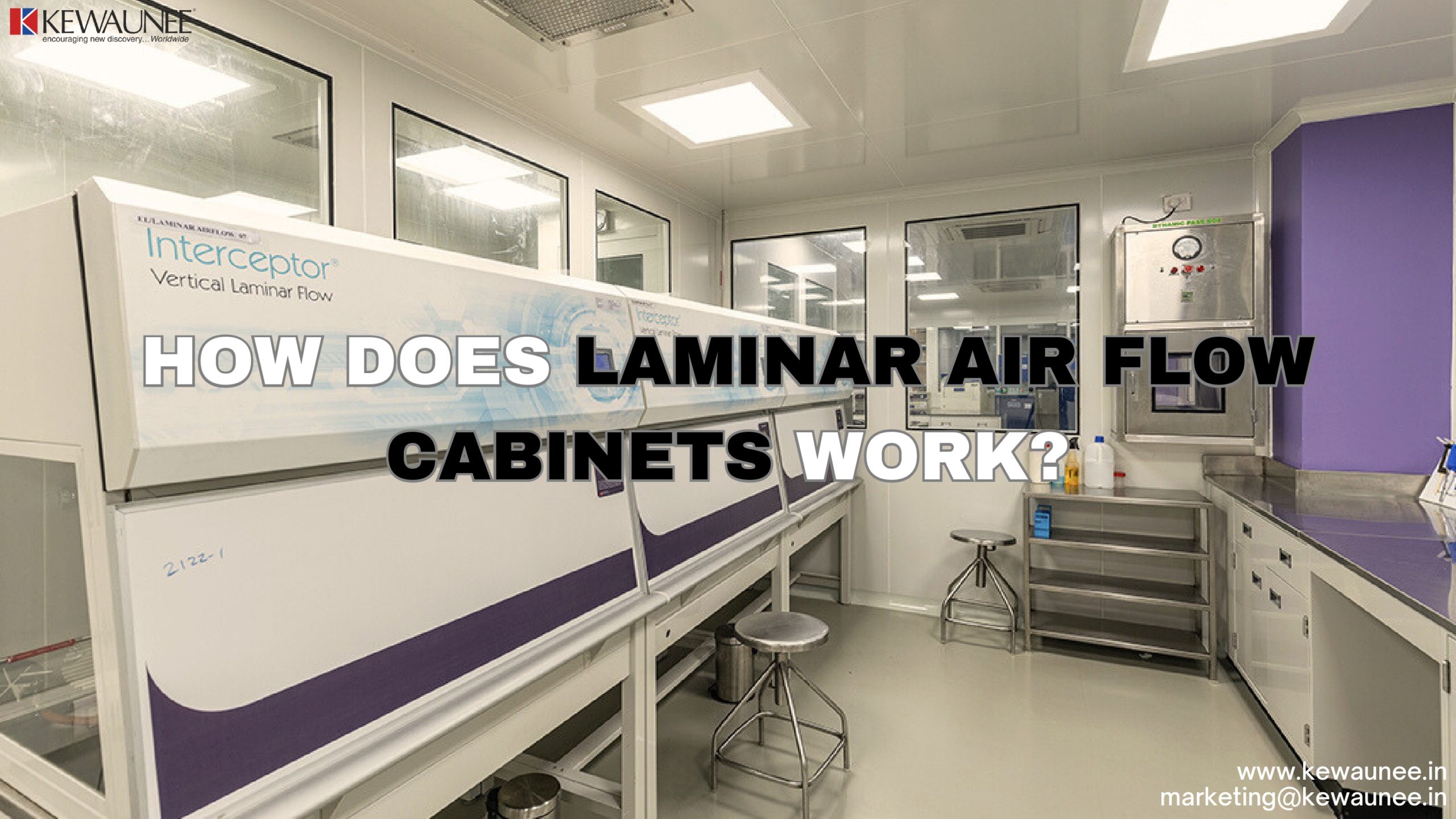How does Laminar Air Flow Cabinets work?
In the realm of laboratories and cleanrooms, maintaining a controlled environment is paramount. Researchers and professionals working with sensitive materials, such as biological samples or electronics, rely on equipment like laminar air flow cabinets to ensure a sterile and particle-free workspace.
In this comprehensive blog, we will explore the intricate workings of laminar air flow cabinets, shedding light on how they create and maintain a controlled environment for a variety of applications.
1: The Need for a Controlled Environment
1.1. Precise Conditions:
Certain processes demand an environment with minimal contaminants. This is especially critical in industries like pharmaceuticals, electronics, and microbiology, where the slightest particle or microorganism can lead to contamination and compromised results.
1.2. Protecting Samples:
In research involving cell cultures, DNA analysis, or sensitive electronics, a controlled environment is essential to protect the integrity of samples and prevent cross-contamination.
2: Anatomy of a Laminar Air Flow Cabinet
2.1. The Work Area:
The core of a laminar air flow cabinet is its work area, often referred to as the “clean zone.” This is the space where materials are manipulated and experiments are conducted.
2.2. High-Efficiency Particulate Air (HEPA) Filters:
The heart of the cabinet’s operation lies in the HEPA filters. These filters remove particles and microorganisms from the incoming air, ensuring that the air within the cabinet is virtually free of contaminants.
3: Unidirectional Airflow
3.1. Creating a Sterile Environment:
Laminar air flow cabinets employ unidirectional airflow, meaning that air moves in a single direction – typically from the top of the cabinet down towards the work area. This constant downward flow ensures that any particles generated in the work area are quickly pushed away and captured by the HEPA filters.
3.2. Protection for the Operator:
Not only does this protect the materials within the cabinet, but it also safeguards the operator from inhaling potentially harmful substances or contaminants.
4: Maintaining Sterility
4.1. Minimizing Turbulence:
Laminar air flow cabinets are designed to minimize turbulence within the clean zone. This is achieved through careful engineering of the cabinet’s interior and the use of baffles that redirect airflow in a smooth, controlled manner.
4.2. Cleanliness is Key:
To maintain sterility, it is essential to keep the cabinet clean and free of clutter. Regular cleaning and maintenance are vital to ensure the continued effectiveness of the cabinet.
5: Applications of Laminar Air Flow Cabinets
5.1. Microbiology and Biotechnology:
Laminar air flow cabinets are indispensable in microbiology labs, where they provide a sterile environment for culturing microorganisms and handling sensitive samples.
5.2. Electronics and Semiconductors:
In the electronics industry, these cabinets are used during the assembly and testing of delicate components, protecting them from dust and contaminants.
5.3. Pharmaceuticals and Healthcare:
Laminar air flow cabinets play a crucial role in pharmaceutical research and manufacturing, ensuring the purity of drugs and sterile compounding in healthcare settings.
Summary
In summary, laminar air flow cabinets are a cornerstone of controlled environments in various industries. By creating a sterile, particle-free workspace through unidirectional airflow and HEPA filtration, these cabinets protect both materials and operators from contamination.
Whether in microbiology, electronics, or pharmaceuticals, the precision and reliability of laminar air flow cabinets are indispensable for maintaining the integrity of experiments and production processes. Understanding how they work allows us to appreciate the critical role they play in ensuring the quality and safety of work in controlled environments.
Comments are closed.











